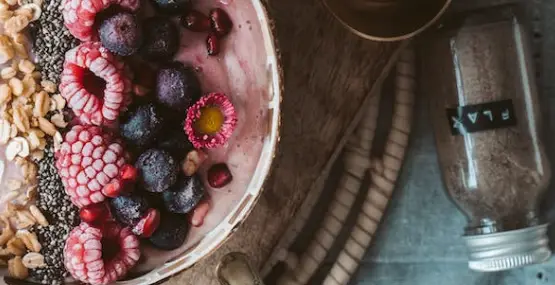
Tips and tricks for making infant formula
1: Adding the powder to the water sometimes gives you more in the bottle (you may have almost 7 ounces when you think you are mixing 6, using 3 scoops and 6 ounces of water). This only becomes an issue if your baby is having trouble gaining weight and isn't drinking the entire amount.
2: The formula content in powder formula is exactly the same as in the ones that are ready to feed, with one exception. That exception is Alimentum, a formula with corn maltodextrin (a derivative of corn syrup solids) in its powder, while the ready-to-feed product has sucrose and tapioca starch because they do not convert into a powder. The change in carbohydrate has no consequence for infants who are corn sensitive, since the powdered version does not have any corn protein.

3: Powdered formulas are not safe for severely premature infants who still require in-hospital care and for infants who are immune compromised (such as those infants whose mothers have AIDS). Those fragile infants are particularly susceptible to a rare bacterium, Enterobacter (or Cronobacter) sakazakii, that has been found in powdered formulas, and so formulas for those premature infants are only available as sterile liquids. So feeding the premie is no longer an issue, but babies with immune problems still are at some small risk
4:The potential for infection from that exceedingly rare bacteria (affecting 1 in 100,000 infants) and other infections can be lessened by only making the amount of formula you need for that feeding and by following the instructions for formula storage and safety.
- Use hot water (158°F, 70°C) that's been cooled to reconstitute powdered formula when possible,
- Do not leave formula out on the counter for more than two hours,
- Throw away refrigerated prepared formula if it's unused in 24 hours.




